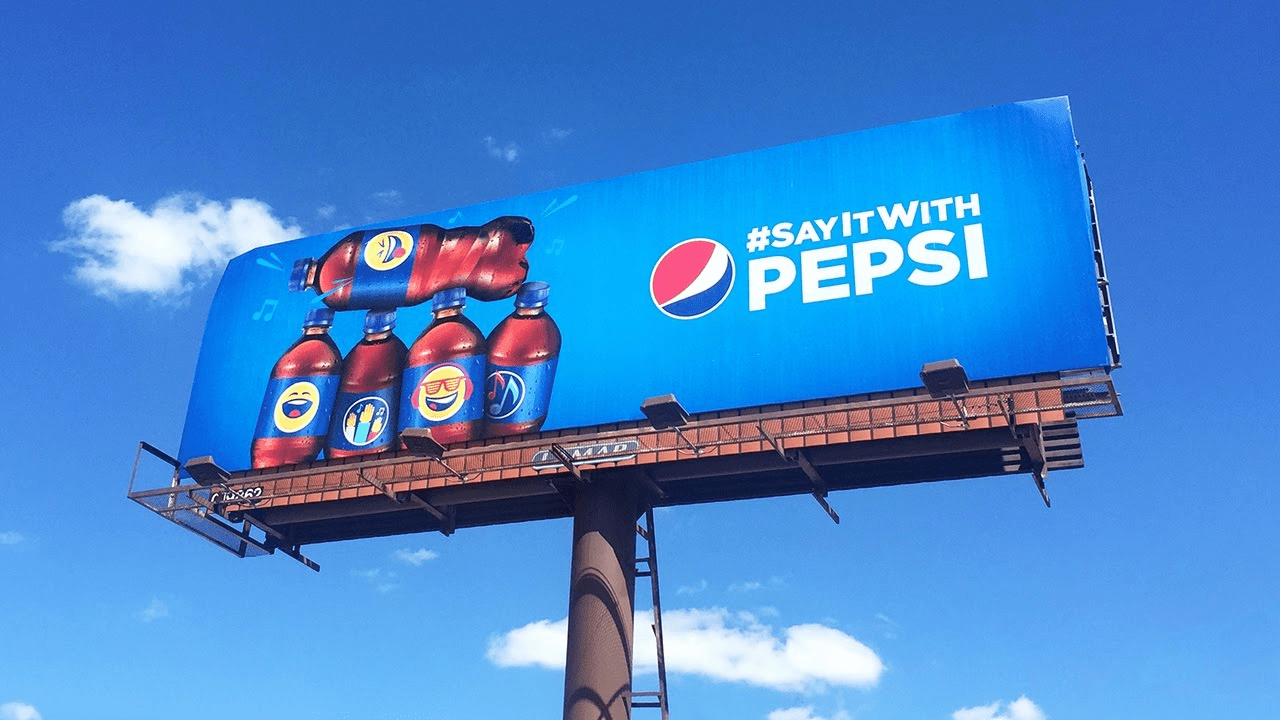
Marijuana Advertisement That Reminds: Tactile Refill Campaigns That Keep Patients on Track
Marijuana Advertisement and the Refill Problem in Medical Cannabis One of the most persistent gaps in medical cannabis treatment is refill compliance. Patients may forget, postpone, or drop their regimens—impacting not only health outcomes but brand loyalty and revenue. While





